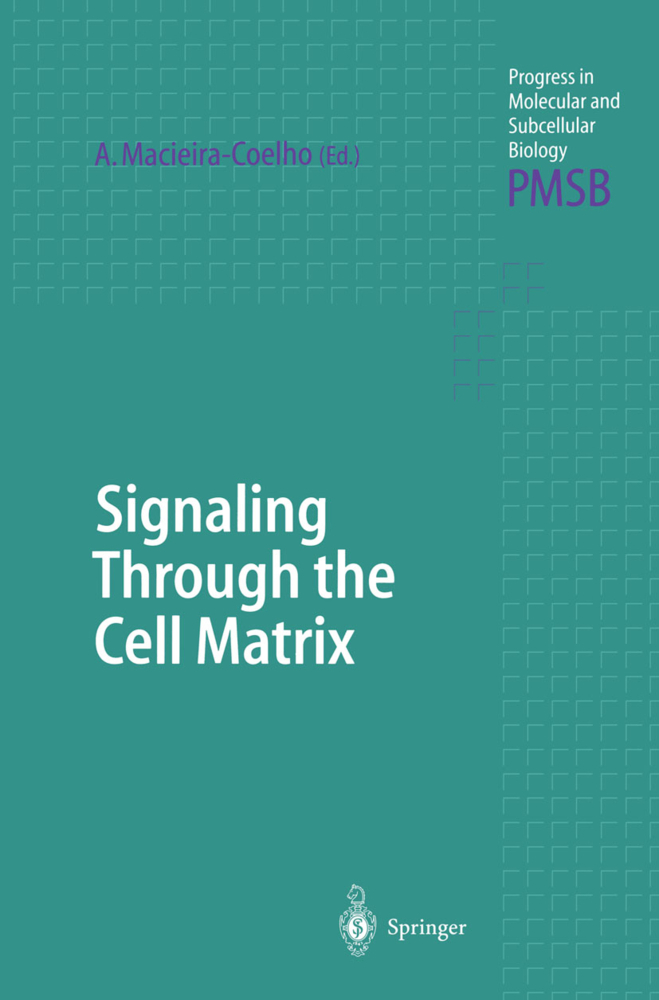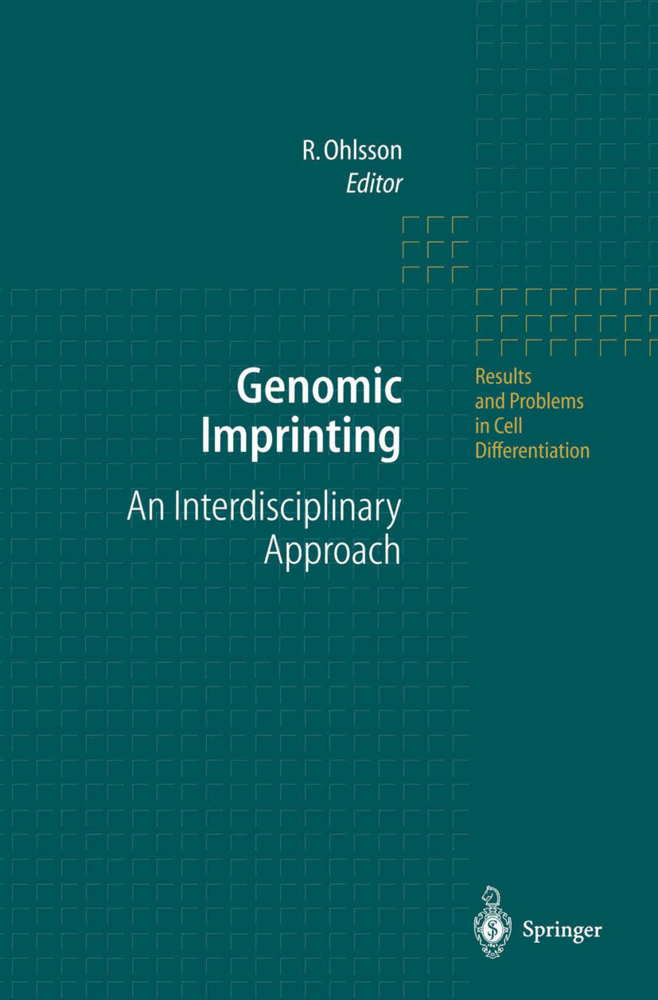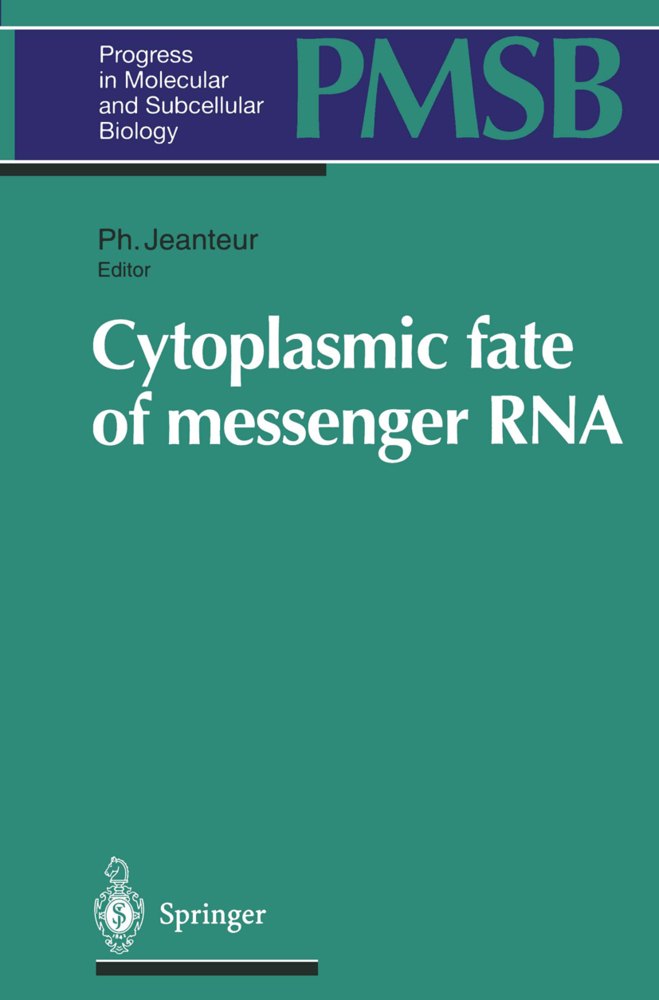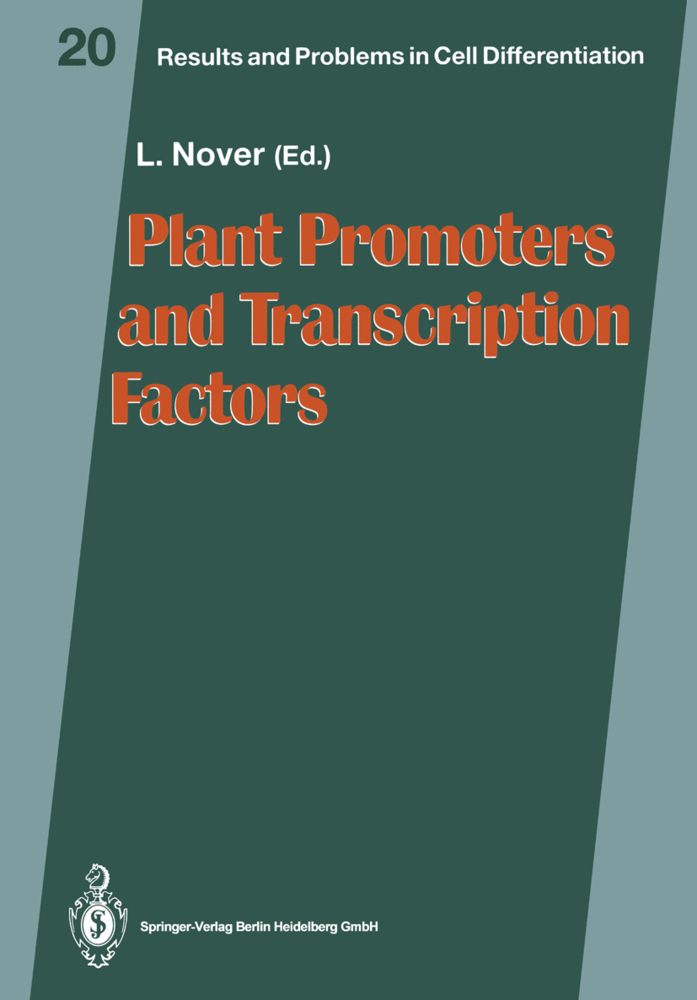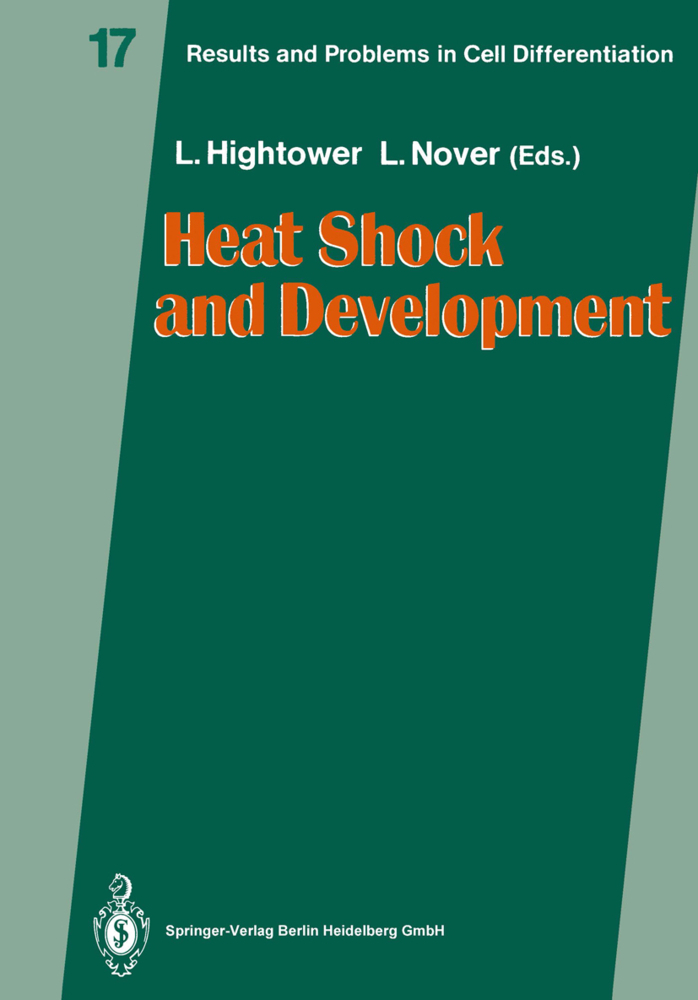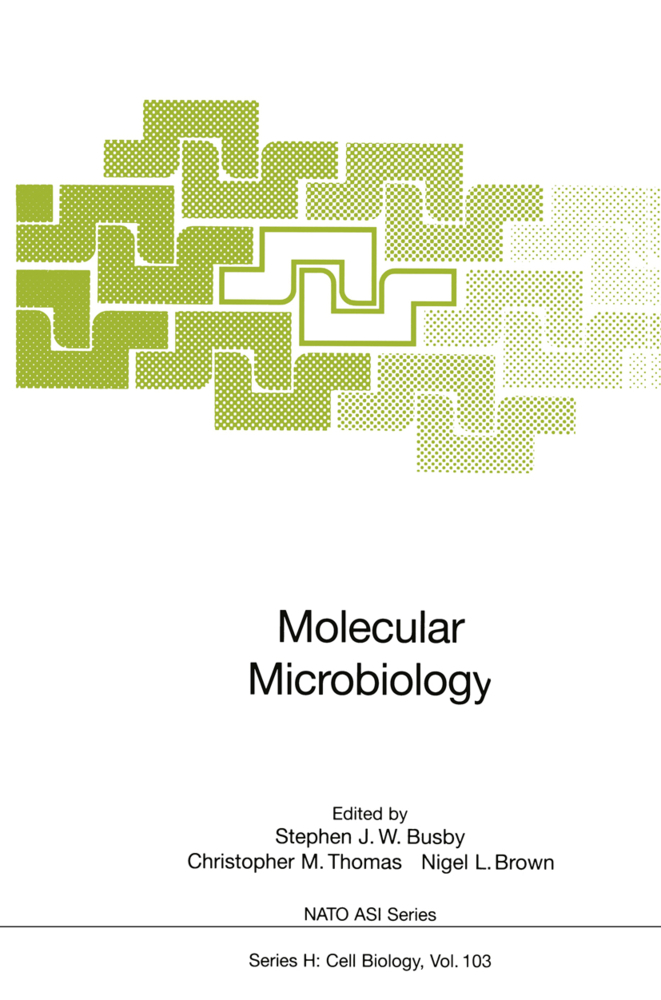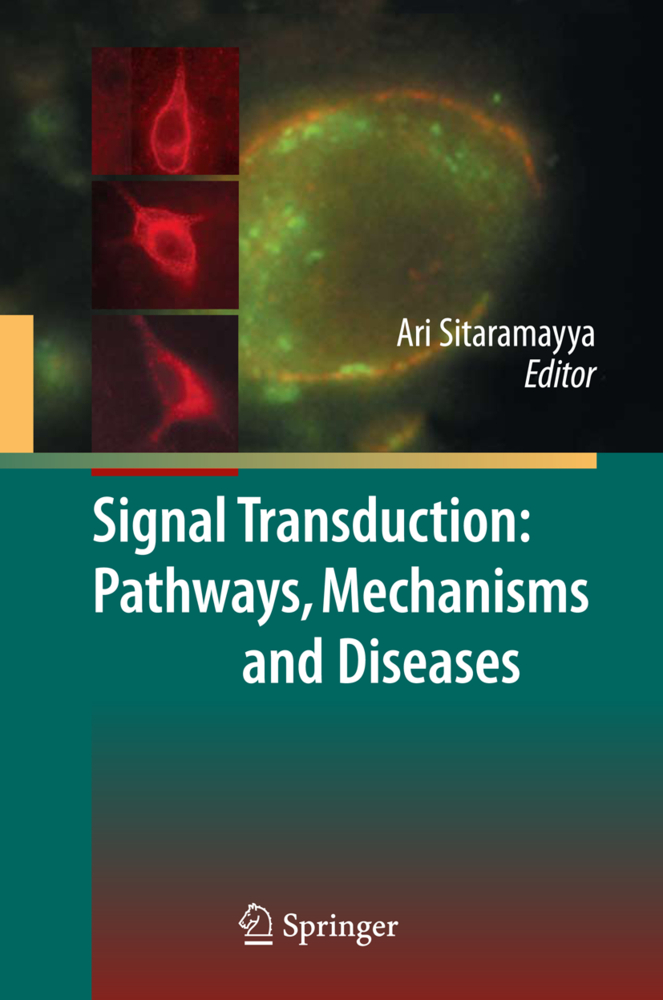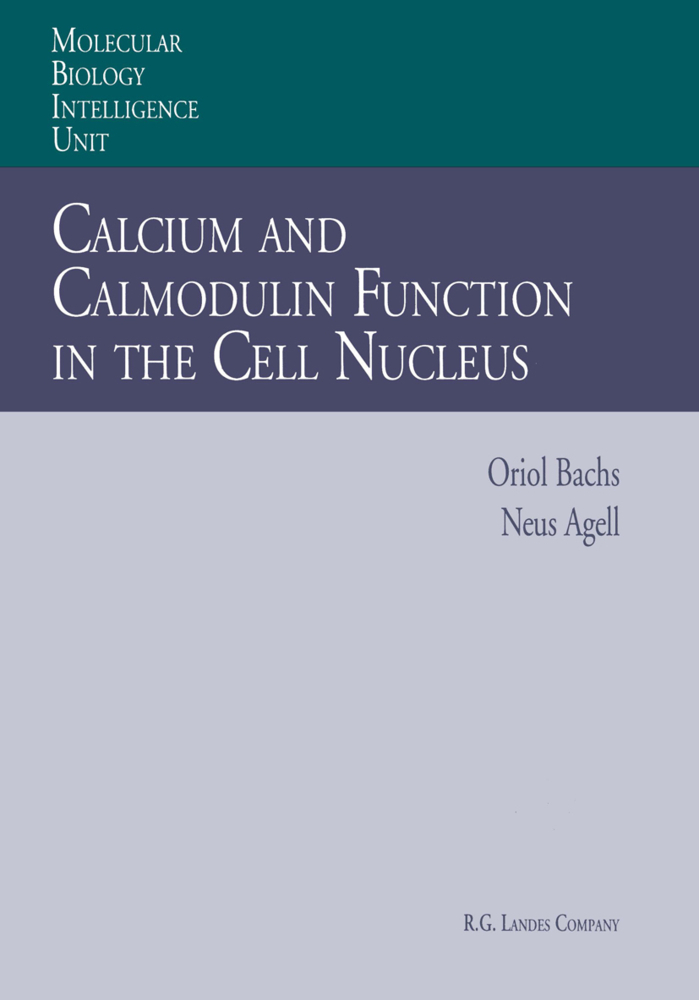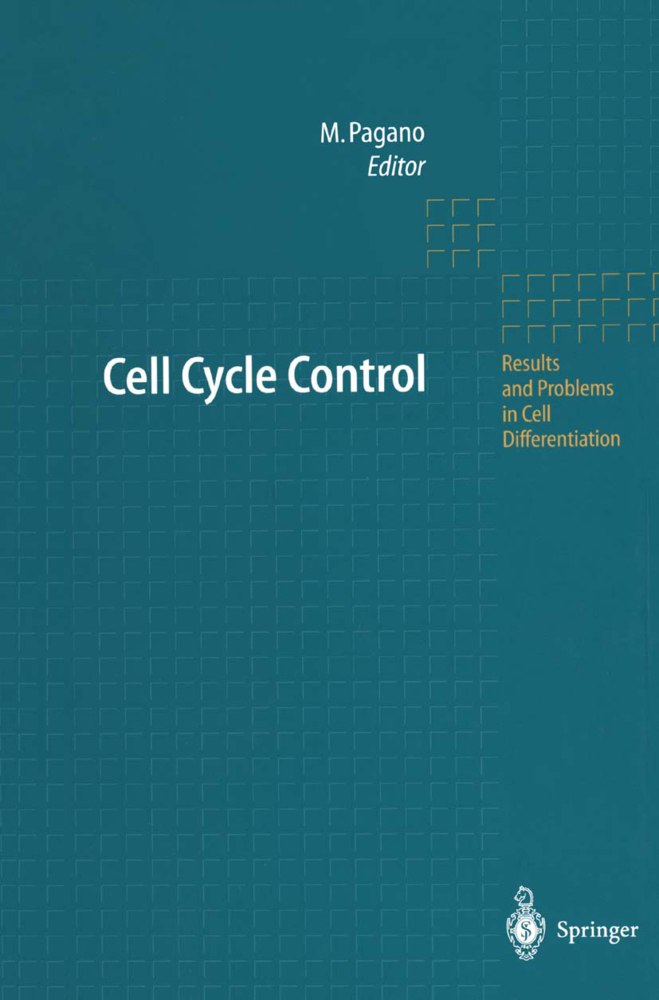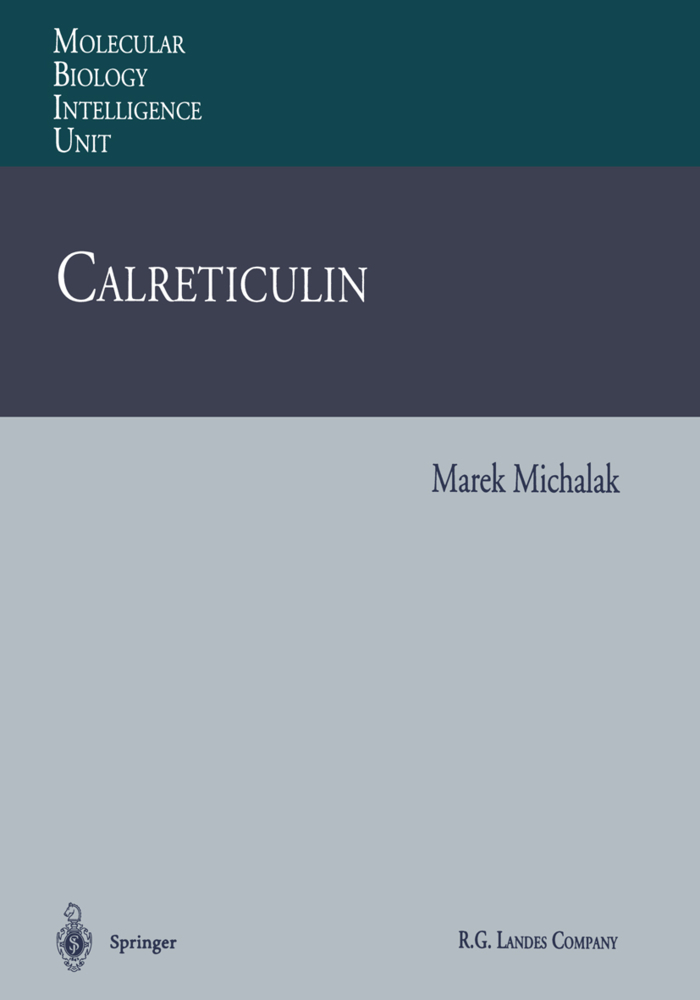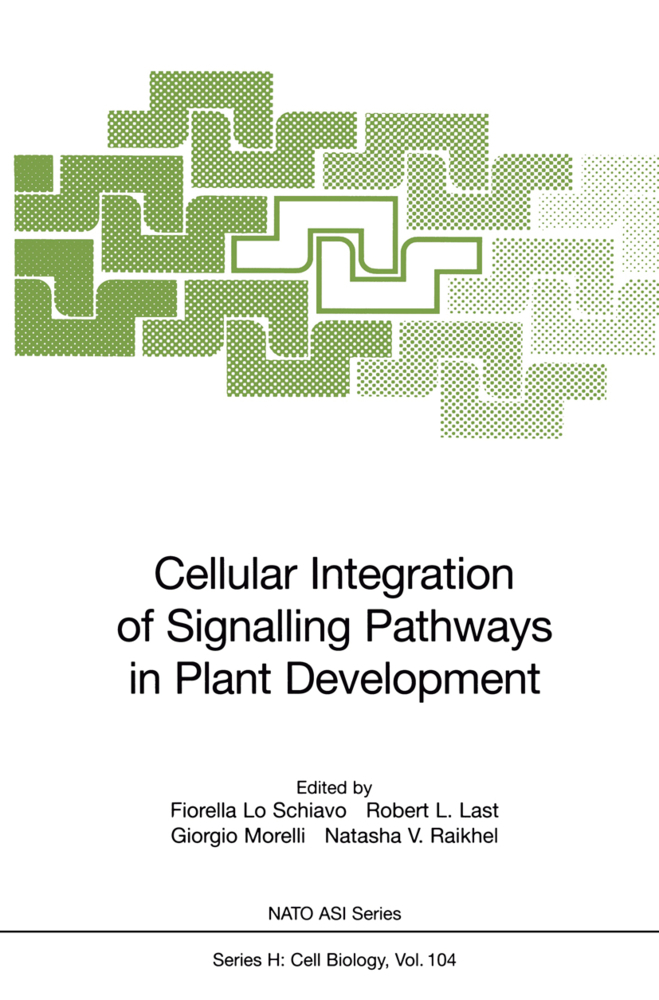Signaling Through the Cell Matrix
Signaling Through the Cell Matrix
This book covers a hot subject in cell biology; i.e. how the cell environment sends messages to the cell, regulates gene expression, and modulates the cell phenotype. For a long time the extracellular matrix was believed to have only a supporting role for cell attachement. However, it became apparent that the matrix participates actively in cell metabolism. The experiments that led to this conclusion are described in this volume. Progressively, molecules have been identified that transmit this signaling at the cell-matrix interface. Their identity and mechanism of action are also illustrated in this book. Finally, it explains the role the cell-matrix relationship plays in the regulation of cell proliferation, cell differentiation, and the expression of malignancy.
2 Coupling Between Changes in Cell Adhesion and Proliferation of Transformed Cells
3 Mechanisms of Cell Adhesion-Mediated Changes in the Cell Phenotype
4 Conclusions
References
The Transmission of Contractility Through Cell Adhesion
1 Introduction
2 Generation of Contractility
3 Molecular Mechanism of Force Transmission
4 Regulation of Contractility Transmission
5 Interaction Between Contraction Force and ECM
6 Myofibroblasts and Wound Healing
7 Muscle
8 Conclusion
References
Role of Focal Adhesion Kinase in Signaling by the Extracellular Matrix
1 Introduction
2 FAK Activation by Integrin
3 FAK Downstream Pathways
4 Biological Functions of FAK in Signaling by ECM
References
Interaction Between Cells and Extracellular Matrix: Signaling by Integrins and the Elastin-Laminin Receptor
1 Introduction
2 Cell-Matrix Interactions Mediated by Integrins
3 Cell-Matrix Interactions Mediated by the Elastin-Laminin Receptor
4 Discussion and Conclusions
References
Regulation of Gene Expression by Changes in Cell Adhesion
1 Introduction
2 Regulation of Cell Proliferation by Cell Adhesion
3 Regulation of Cell Differentiation by Cell Adhesion
4 Conclusion
References
Expression of Liver Specific-Genes in Hepatocytes Cultured in Collagen Gel Matr
1 Introduction
2 Culture of Hepatocytes in Collagen Gel
3 Hepatic Specific Functions of Hepatocytes in Collagen Cultures
4 Biotransformation Capability: Basal and Induced Levels of Drug-Metabolizing Enzymes
5 Expression of Hepatic Transcription Factors
6 Concluding Remarks
References
Collagen Type I: A Substrate and a Signal for Invasion
1 Introduction
2 Invasion into Matrices
3 Effects of Collagen on the Invasive Behavior of Cells
4 A Scenario for the Molecular Cross Talk Between Collagen and Cell
5 Conclusion
References.
Topological Constraints Carry Signaling from the Cell Matrix to the Genome
1 Variation in Cell Adhesion During Proliferation of Normal Cells2 Coupling Between Changes in Cell Adhesion and Proliferation of Transformed Cells
3 Mechanisms of Cell Adhesion-Mediated Changes in the Cell Phenotype
4 Conclusions
References
The Transmission of Contractility Through Cell Adhesion
1 Introduction
2 Generation of Contractility
3 Molecular Mechanism of Force Transmission
4 Regulation of Contractility Transmission
5 Interaction Between Contraction Force and ECM
6 Myofibroblasts and Wound Healing
7 Muscle
8 Conclusion
References
Role of Focal Adhesion Kinase in Signaling by the Extracellular Matrix
1 Introduction
2 FAK Activation by Integrin
3 FAK Downstream Pathways
4 Biological Functions of FAK in Signaling by ECM
References
Interaction Between Cells and Extracellular Matrix: Signaling by Integrins and the Elastin-Laminin Receptor
1 Introduction
2 Cell-Matrix Interactions Mediated by Integrins
3 Cell-Matrix Interactions Mediated by the Elastin-Laminin Receptor
4 Discussion and Conclusions
References
Regulation of Gene Expression by Changes in Cell Adhesion
1 Introduction
2 Regulation of Cell Proliferation by Cell Adhesion
3 Regulation of Cell Differentiation by Cell Adhesion
4 Conclusion
References
Expression of Liver Specific-Genes in Hepatocytes Cultured in Collagen Gel Matr
1 Introduction
2 Culture of Hepatocytes in Collagen Gel
3 Hepatic Specific Functions of Hepatocytes in Collagen Cultures
4 Biotransformation Capability: Basal and Induced Levels of Drug-Metabolizing Enzymes
5 Expression of Hepatic Transcription Factors
6 Concluding Remarks
References
Collagen Type I: A Substrate and a Signal for Invasion
1 Introduction
2 Invasion into Matrices
3 Effects of Collagen on the Invasive Behavior of Cells
4 A Scenario for the Molecular Cross Talk Between Collagen and Cell
5 Conclusion
References.
Macieira-Coelho, Alvaro
| ISBN | 978-3-642-64117-6 |
|---|---|
| Artikelnummer | 9783642641176 |
| Medientyp | Buch |
| Auflage | Softcover reprint of the original 1st ed. 2000 |
| Copyrightjahr | 2011 |
| Verlag | Springer, Berlin |
| Umfang | X, 136 Seiten |
| Abbildungen | X, 136 p. |
| Sprache | Englisch |

